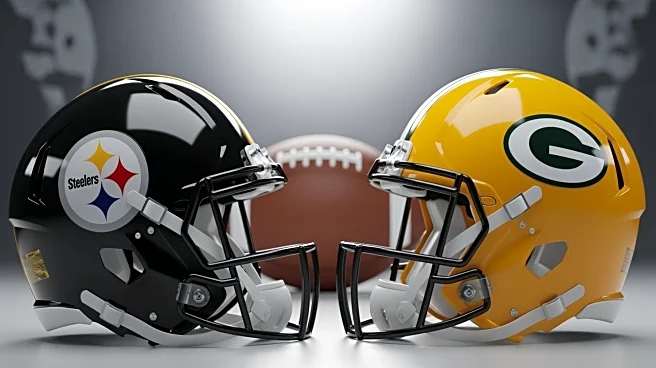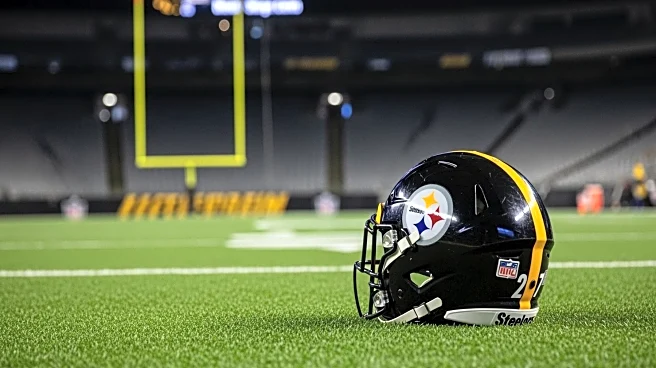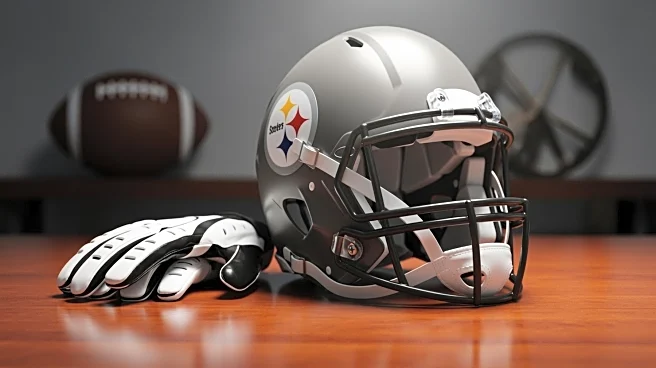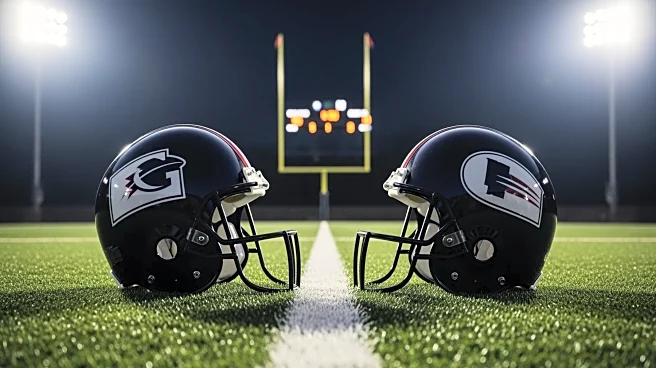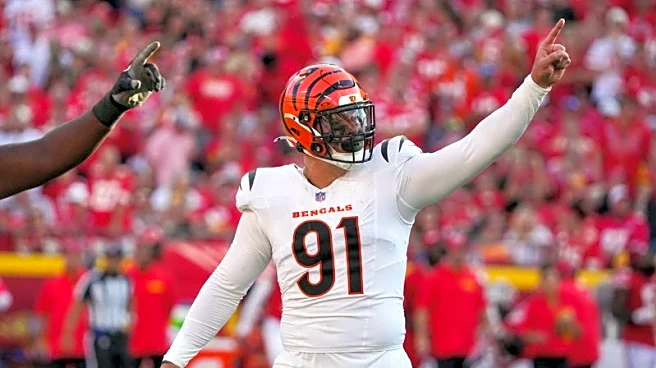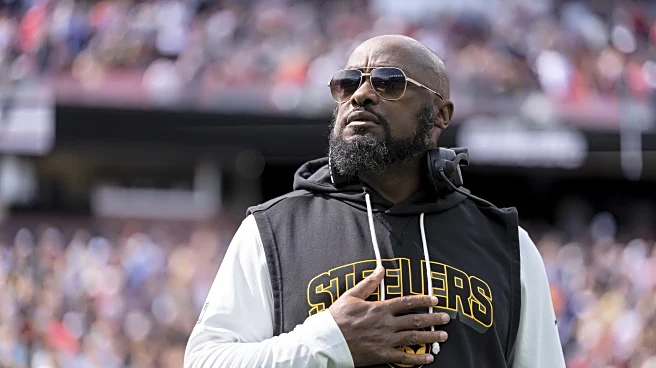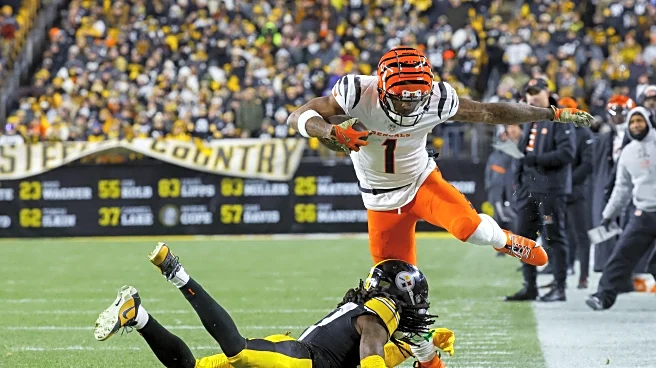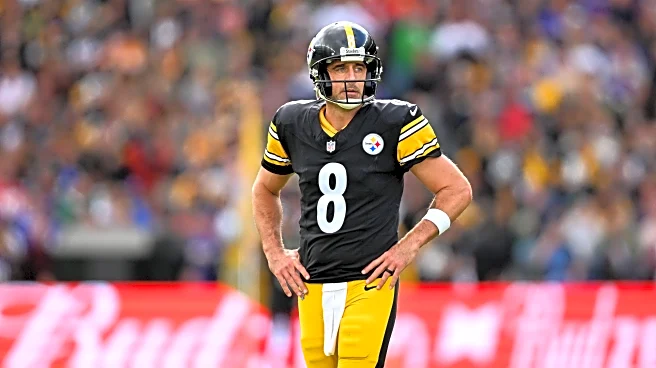What's Happening?
Calvin Austin III, the Pittsburgh Steelers' No. 2 wide receiver, is expected to return for the team's upcoming game against the Green Bay Packers after missing two consecutive games due to a shoulder injury.
Initially, reports suggested that Austin might be sidelined for several games, but recent updates indicate a shorter absence. Austin did not practice in the week leading up to the Steelers' Week 7 game against the Cincinnati Bengals, and his absence has been felt by the team, which is already facing challenges in the wide receiver position. Austin ranks third in receiving yards for the Steelers, highlighting his importance to the team's offensive lineup.
Why It's Important?
Austin's return is crucial for the Steelers, who are currently struggling with depth in their wide receiver corps. His presence on the field could alleviate some of the pressure on DK Metcalf, the team's leading receiver, who is likely to face increased defensive attention. The Steelers have been exploring trade options to bolster their lineup, as reported by Bleacher Report and ESPN, indicating the team's proactive approach to addressing their current challenges. Austin's return could stabilize the team's offensive strategy and improve their chances in upcoming games.
What's Next?
The Steelers are preparing for their game against the Green Bay Packers, with Austin expected to be back in action. Meanwhile, the team is actively seeking additional support through potential trades, aiming to strengthen their roster before the trade deadline. The performance of other receivers like Ben Skowronek, Scotty Miller, and Roman Wilson will be crucial in supporting Metcalf and ensuring a balanced offensive attack. The team's management will continue to monitor Austin's recovery and make strategic decisions to optimize their lineup.
Beyond the Headlines
Austin's injury and subsequent recovery highlight the physical demands and risks associated with professional football. The Steelers' situation underscores the importance of depth and versatility in team rosters, as injuries can significantly impact performance and strategy. The team's exploration of trade options reflects the dynamic nature of NFL team management, where adaptability and foresight are key to maintaining competitive edge.
